Scientists Successfully Brought A Neanderthal Woman Who Lived In 75,000 Years Ago To Life
Imagine piecing together a puzzle from 200 tiny bone fragments to reveal the face of a Neanderthal woman who lived 75,000 years ago. That’s exactly what scientists did with Shanidar Z, named after the cave in Iraqi Kurdistan where she was found.
Dr. Emma Pomeroy, a scientist from the University of Cambridge, led the excavation. She said, “There is some artistic license there, but at the heart of it is the real skull and real data on what we know about (these) people.”
She also described the process as like solving a “high-stakes 3D jigsaw puzzle.” Despite the difficulties, they managed to reconstruct Shanidar Z’s skull, giving us a glimpse into her life.
Scientists pieced together 200 bone fragments to reconstruct the skull of a Neanderthal woman
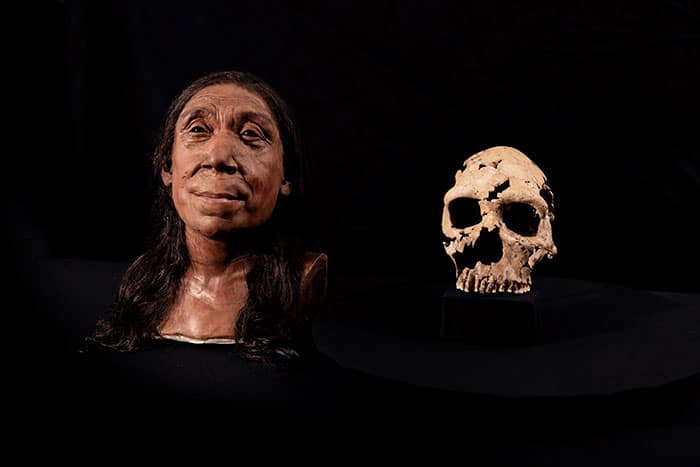 Source: Jamie Simonds
Source: Jamie Simonds
One striking feature of Shanidar Z’s reconstructed face is her large brow ridges, a characteristic of Neanderthals.
Dr. Pomeroy noted that while her appearance might draw attention today, in modern clothing, she might not stand out.
“She’s actually got quite a large face for her size,” Dr. Pomeroy, who appears in the film, shared.
“She’s got quite big brow ridges, which typically we wouldn’t see, but I think dressed in modern clothes, you probably wouldn’t look twice.”
Additionally, Neanderthals lacked chins, distinguishing them from Homo sapiens.
She was named Shanidar Z after the cave in Iraqi Kurdistan where she was laid to rest
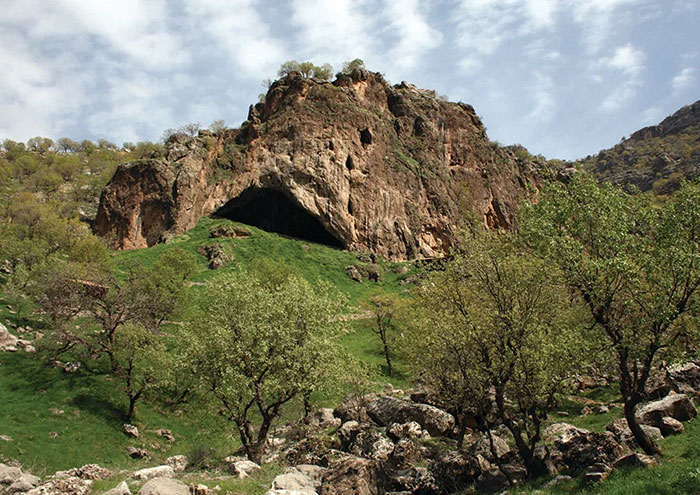 Source: Graeme Barker
Source: Graeme Barker
Shanidar Z lived 75,000 years ago and is thought to have passed away in her mid-40s
 Source: Graeme Barker
Source: Graeme Barker
Determining Shanidar Z’s identity wasn’t easy, the absence of preserved pelvic bones made sex determination challenging. However, scientists used innovative techniques involving protein sequencing in tooth enamel to figure out that she was a woman.
Analyzing the wear and tear on her teeth and bones led to the estimation that she was in her mid-40s when she died.
“It’s a reasonable estimate, but we can’t be 100% sure, actually, that they weren’t older,” Pomeroy said.
“What we can say is this is someone who had lived a relatively long life. For that society, they probably would have been quite important in terms of their knowledge, their life experience.”
Reconstructing the skull felt like solving a “high stakes 3D jigsaw puzzle,” as described by Paleoanthropologist Dr. Emma Pomeroy, due to it being crushed soon after death
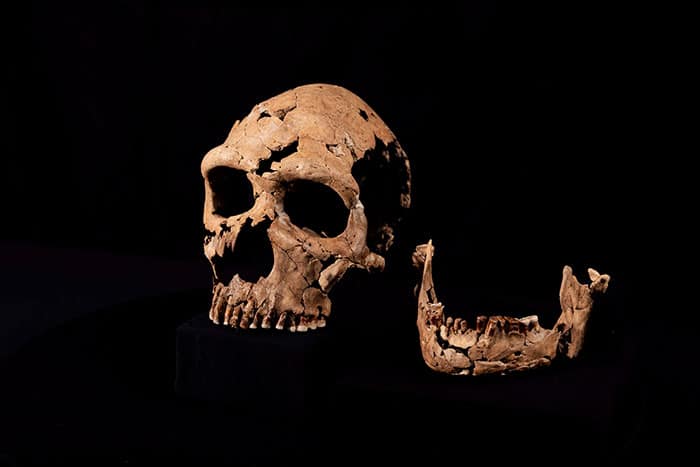 Source: Jamie Simonds
Source: Jamie Simonds
Height estimates put Shanidar Z at around 5 feet (1.5 meters), based on comparisons of the length and diameter of Shanidar Z’s arm bones with modern humans.
Despite her shattered skull, Shanidar Z offers a wealth of information about Neanderthal life and culture.
Shanidar Z marks the first discovery of a Neanderthal in the cave, situated in the foothills of Iraq, in more than five decades.
The reconstruction of Shanidar Z’s skull is featured in the latest Netflix documentary, “Secrets of the Neanderthals.”
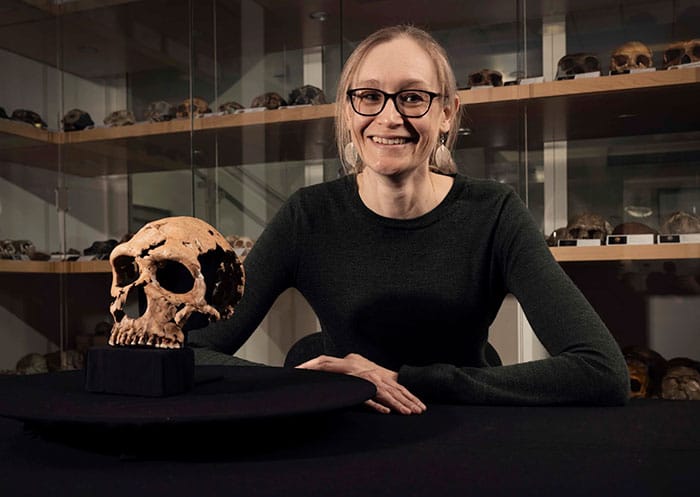 Source: University of Cambridge
Source: University of Cambridge
Excavations in the cave revealed evidence of Neanderthal burial practices, which included burying their deceased, challenging previous notions of their brutishness.
Moreover, findings of ornamental shells and the utilization of red ochre pigment hint at Neanderthals’ capacity for artistic expression, suggesting they possessed symbolic abilities previously attributed only to humans.
Pomeroy, the archaeologist who discovered the skeleton, noted that her team’s efforts helped “bridge the gap between anatomy and 75,000 years of time.”
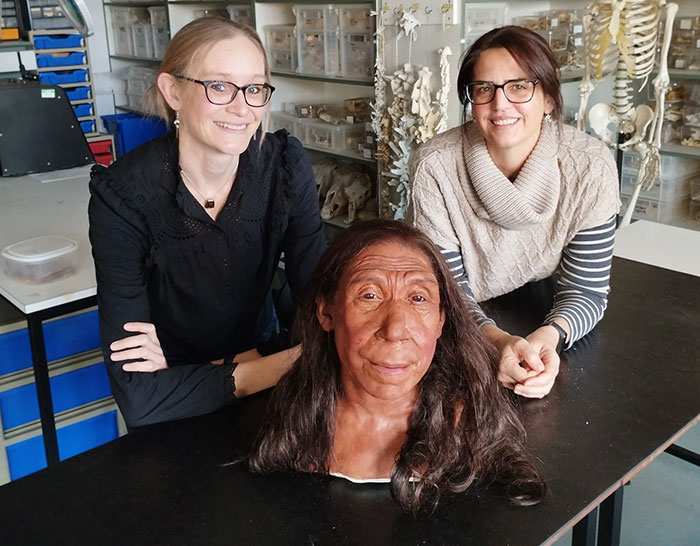 Source: Emma Pomeroy
Source: Emma Pomeroy
Once the skull fragments were excavated, scientists applied a special glue-like substance to strengthen the fossilized bones. These reinforced bones were then carefully extracted in small sections from the cave sediment and sent to the University of Cambridge for detailed analysis.
The dedicated team of archaeologists then conducted micro-CT scans on each block. Lead conservator Dr. Lucía López-Polín meticulously pieced together over 200 bone fragments by hand, reconstructing the skull to its original form.
Once the reconstruction was complete, the skull was scanned again and transformed into a 3D-printed model. Renowned paleoartists Adrie and Alfons Kennis then used this model to recreate Shanidar Z’s face.
Dr. Pomeroy highlighted the significance of this reconstruction, stating, “The reconstruction of the Neanderthal skull helps bridge that gap between anatomy and 75,000 years of time.”
People praised the team for their remarkable achievement
 Source: Elham Shirazi
Source: Elham Shirazi
 Source: David Calvin
Source: David Calvin
 Source: Sue Petzer
Source: Sue Petzer
 Source: Karina Higgs-Boson
Source: Karina Higgs-Boson
 Source: Bint Al-Sharef
Source: Bint Al-Sharef
 Source: Johnathan Gerbracht
Source: Johnathan Gerbracht
 Source: Richard Rael
Source: Richard Rael
 Source: Patrick Hudson
Source: Patrick Hudson
 Source: Roger Warwick
Source: Roger Warwick
The reconstruction of Shanidar Z’s skull bridges the vast expanse of time, connecting us with our ancient relatives and shedding light on their world.

